A South African art gallery removed an explicit painting of President Jacob Zuma after pressure from the African National Congress, write Nimi Hoffmann and Maryam Omidi.

The case
In May 2012, South Africa’s president, Jacob Zuma, turned to the courts to ban a painting, which showed him fully clothed but with his genitals exposed. The case was brought against Johannesburg’s Goodman Gallery for displaying artist Brett Murray’s The Spear, a satirical painting done in the style of Soviet-era posters of Vladimir Lenin and City Press newspaper for republishing it. The case was first lodged on behalf of Zuma in his capacity as president of South Africa. However, on the first day of the court case, Zuma’s lawyer, Gcina Malindi, agreed that “the office of the president” has no dignity as such and therefore agreed to drop the claim. It was then lodged on behalf of Zuma in his personal capacity.
Malindi initially called for the painting to be removed from the gallery, for all promotional materials to be destroyed and for City Press to delete images of The Spear from its website. The ruling African National Congress and the trade union movement COSATU called on South Africans to boycott City Press. One of South Africa’s largest churches, the Nazareth Baptist Church, jumped to the president’s defence, calling for Murray to be stoned to death.
Lawyers representing the gallery argued that artistic expression is protected under the South African constitution. Zuma’s lawyers contended that the painting violates the president’s right to dignity, which is also safeguarded by the constitution. In a legal affidavit, the president said: “The portrait depicts me in a manner that suggests I am a philanderer, a womaniser and one with no respect … In terms of the theme of the exhibition, my portrait is meant to convey a message that I am an abuser of power, corrupt and suffer political ineptness.” Murray said the work was a satire of “political power and patriarchy within the context of other artworks in the exhibition and within the broadcast context of SA discourse”.
The same month, two men, one black and one white, defaced the painting, resulting in the gallery’s removal of it. Furthermore, the editor of City Press, Ferial Haffajee, withdrew an image of the painting from its website as an “olive branch” to angered black individuals as well as in response to “fear” bred by “threats and invective” against the newspaper and its staff. On 30 May 2012, the ANC agreed to drop the lawsuit.

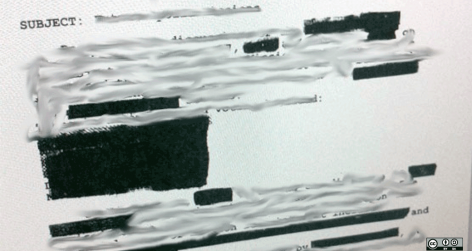


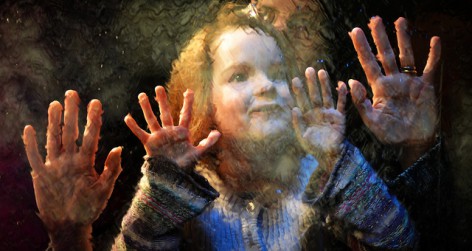
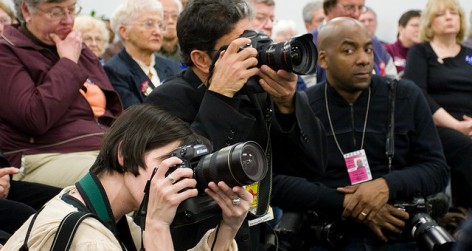
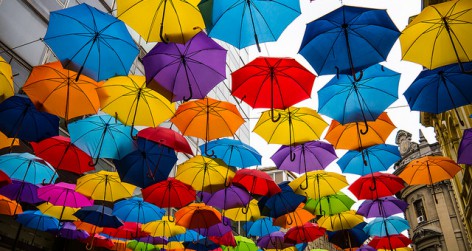
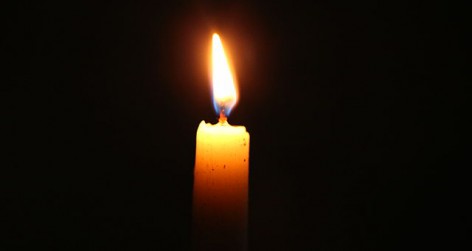
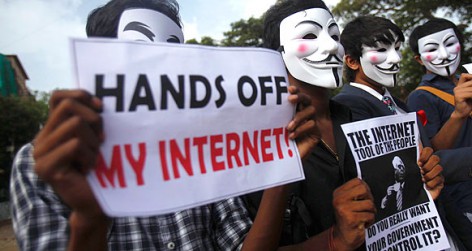
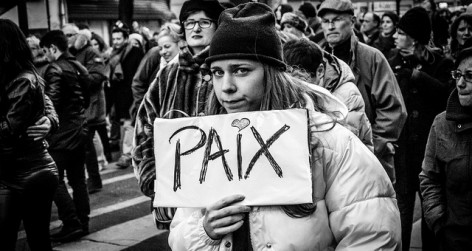
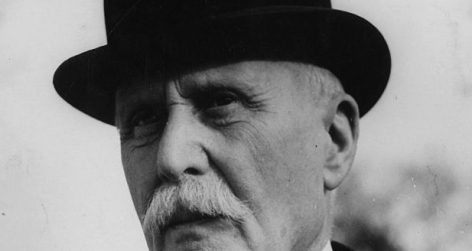

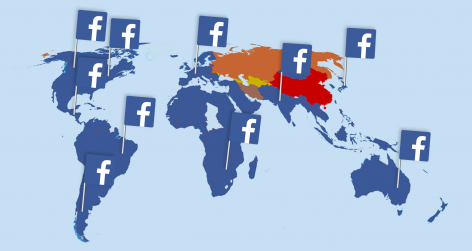
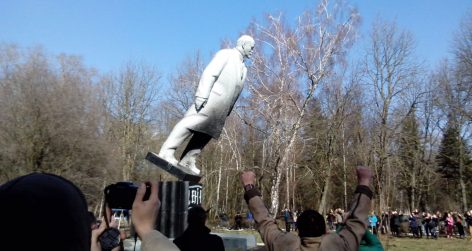
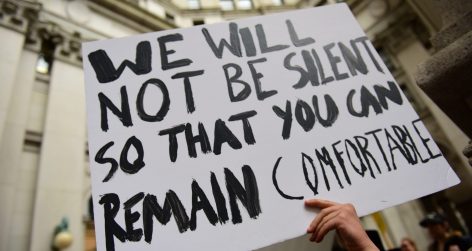

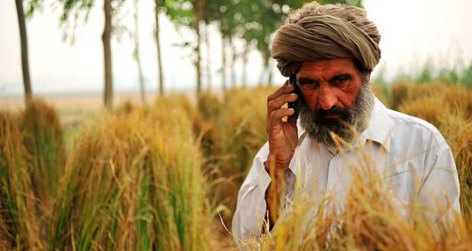
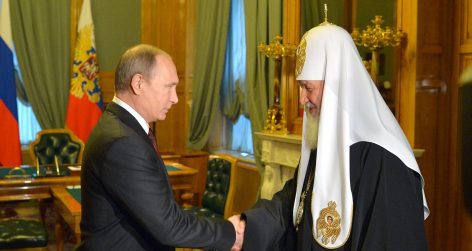


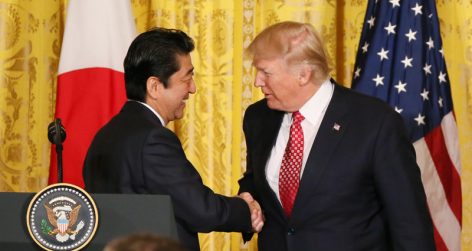
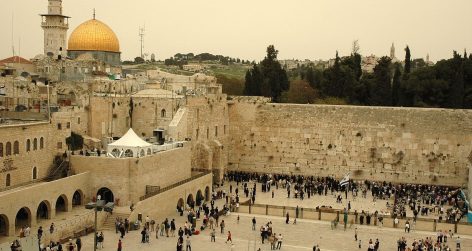

reply report Report comment
Censors recently repealed the ‘over-16’ rating for this painting.
http://www.guardian.co.uk/world/2012/oct/11/jacob-zuma-penis-painting